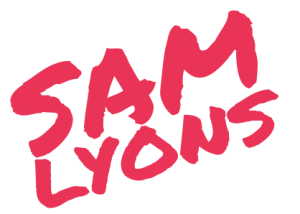Dave Comier’s blog on teaching with the internet has managed to shine a light on the way I have been trying to prepare my students to embrace the internet and digital literacy.
Dave’s has created a model to explain his process:
He uses the 20/60/20 model to address an issue I will face in teaching digital literacy, that students do not all enter class with the same mind frame.
- The top 20% are the early adopters who are keen to try anything
- The bottom 20% will struggle due to a variety of reasons and may spend their time either subtly slowly things down or in open rebellion.
- The middle 60% are the people who have the potential to be won or lost depending on how good your plan is.
I have been running digital literacy courses and hoping that I would produce a number of students that would embrace teaching the course. However, according to Dave’s model, as I have only been running an introductory level course, I have only reached “Level 1” with my students.
Level 1 – Awareness
Keeping learners safe is as much about explaining the simple dangers as anything else.
I have been developing an intermediate level course in recent months and it is specifically to address the gap that Dave identifies as “Level 2”
Level 2 – Learning
This is less about a few tricks that can make your life easier, and more about a shift to understanding how knowledge actually works now.
Interestingly, “Level 3” is the subject of my research project for this course, how we can help students to connect with communities and develop their skills and knowledge mutually. I am keen to learn more about whether this can be facilitated through teaching/support or if it is something that has to come from a student’s internal motivation.
Level 3 Interacting and making
At this point we’re also hoping that people are able to connect with social groups and being able to discern whether or not the space they are looking to work is a healthy one or not.
Now the hardest part of the model, transitioning people to be interested enough to teach digital literacy. One of the hardest parts is finding people to teach students who may not be keen to learn.
Level 4 – Teaching
people are not going to be working with self-selecting folks in your fun community looking to learn together… While it would be awesome if we were all able to teach in environments where our learners were ecstatic to learn what we have to teach them, the truth of the matter is a different thing entirely.
As Dave explains, the number of students who will make it to level 4 is very small but now I have an explicit model to help support my experiences, I think I will be better prepared to help more students progress along the path to their own digital literacy and hopefully motivate them to teach others about digital literacy.


This is a great model for thinking about where students and educators are on the continuum of digital literacy learning. Thanks so much for sharing this.
I like the concept that there is a continuum and we can always learn more.
Sam,
I love how this model presents digital literacy skills as being on a continuum. It is really clear for educators and students to see how they can move forward. I think it demonstrates the depth of learning in digital literacy skills. I also like how the skills of digital, media and information literacy are included as well as the concepts of collaboration, creation and communication are clearly threaded through the continuum. Thanks for sharing this.
Sam, great find! Dave Cormier is a key thought leader for online learning. I appreciate how you have critically examined his work and applied to your own experience. This is VERY opportune for me to engage with as well as I develop a subject for CSU called Digital Literacy for the Diploma of general Studies!